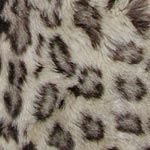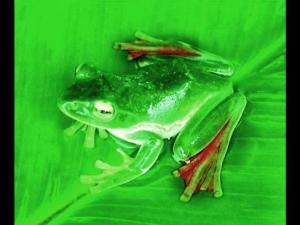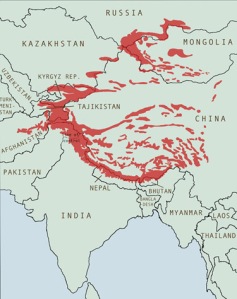Navin Singh Khadka is an environmental journalist from Nepal with a keen interest in how climate change is affecting the Himalayas. Currently based in London, he is an Environment Reporter for BBC News.
Navin has had some tough adventures doing his work. In today’s interview with The Nepal Monitor he not only talks about climate change coverage in Nepal’s media but also how he once battled altitude sickness to cover a story about risks faced by Everest porters (see story here) and slept in a mountain cave doing a story on snow leopard poaching.
Asked what inspired him to become an environmental reporter and focus on climate change Navin says – “Environment has been one area I have been consistently and intensively covering since I began journalism more than one and a half decades ago. Wildlife used to be my favorite beat, and I have slept in caves in trans-Himalayan region to investigate, for instance, poaching of Snow leopard. But over the years I have witnessed how climate change is changing our natural environment, and that is how I was drawn into covering this phenomenal global issue. With so much of regional and global politics increasingly surrounding it, as a journalist, there is no looking back, I guess.
“Reporting climate issues for the BBC Nepali service is quite satisfying as I can reach millions of those very rural people who are already bearing the brunt of climate impacts but have no idea about climate change.” Read the full story here.
See Video of Navin talking about climate change in Nepal.





 Posted by Sibylle and Rex
Posted by Sibylle and Rex 



















